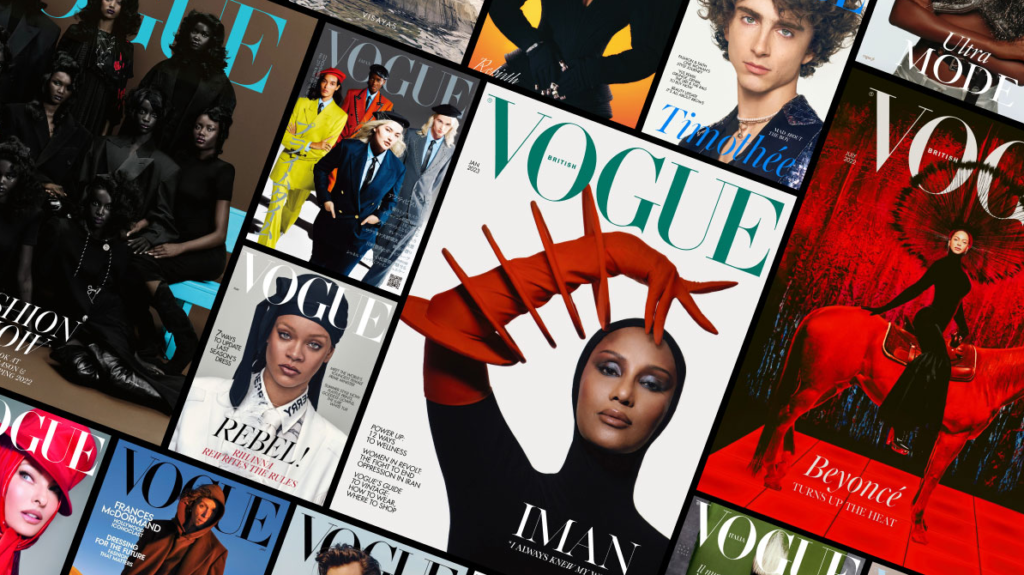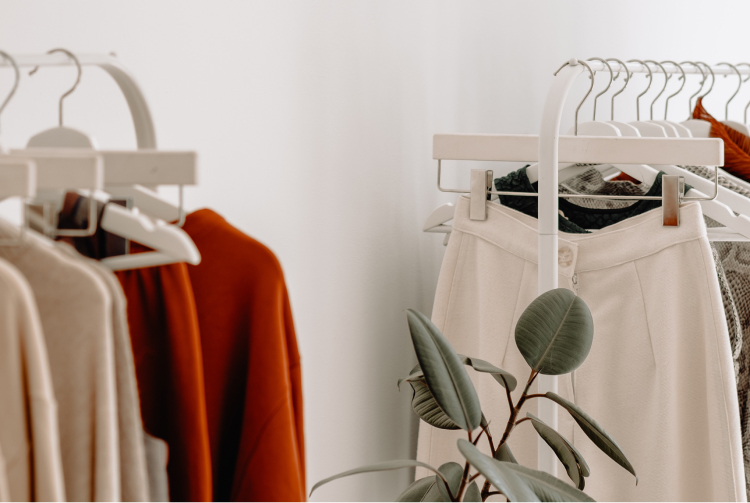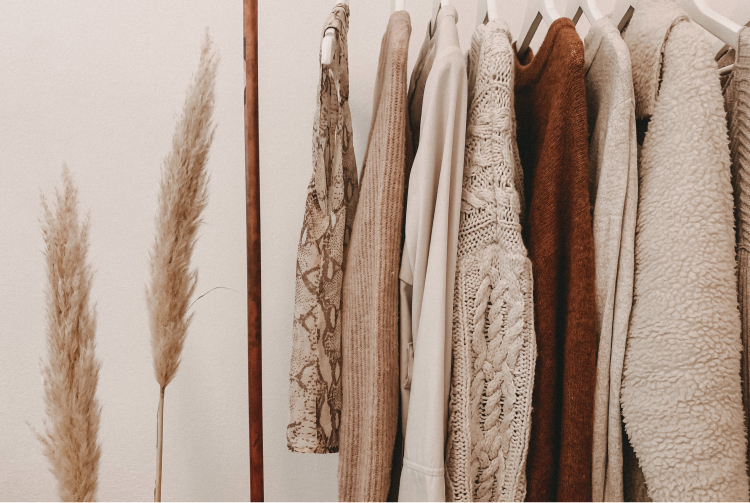Designing a fashion magazine is a creative and strategic endeavor that relies on detailed planning and collaboration. A design brief for fashion magazine is the cornerstone of this process, providing a clear framework to guide editors, designers, and writers. Whether launching a new magazine or updating an existing one, a strong design brief ensures that the project runs smoothly and meets its goals.
This guide provides an in-depth look at what a design brief for fashion magazine entails, its importance, and how to craft one that delivers results.
What Is a Design Brief for Fashion Magazine?
A design brief for a fashion magazine is a structured document that outlines the vision, objectives, and operational details of the magazine. It serves as a blueprint, guiding the entire creative team through the project’s requirements and ensuring alignment at every stage.
Purpose of a Design Brief
- Define Objectives: Establishes the magazine’s primary goals, such as showcasing trends, promoting a brand, or inspiring a specific audience.
- Align Teams: Ensures all stakeholders share a unified vision.
- Clarify Target Audience: Provides insights into the readers’ demographics and preferences.
- Guide the Creative Process: Offers specific guidelines for visual and editorial elements.
Key Components of a Design Brief for Fashion Magazine
1. Overview of the Project
The brief should start with an overview summarizing the magazine’s purpose, theme, and unique selling proposition (USP).
Example:
“This project involves designing a quarterly magazine focusing on sustainable fashion trends and eco-friendly brands for a global audience.”
2. Target Audience
Define the demographics and psychographics of your audience.
- Age Group: Specify the primary age range (e.g., 18–35 years).
- Gender: Male, female, or unisex readership.
- Lifestyle: Include hobbies, spending habits, and interests.
Example:
“The magazine targets women aged 25–40 who value sustainable fashion and follow ethical brands.”
3. Visual Style and Branding
This section is vital for maintaining a consistent look and feel.
- Color Palette: Identify primary and secondary colors.
- Typography: Specify fonts for headlines, subheadings, and body text.
- Photography Style: Outline preferences for editorial shoots (e.g., bold and vibrant, minimalist, or vintage).
4. Content Guidelines
Define the type of content and how it will be structured.
- Feature Articles: Highlight designer interviews, trend reports, or fashion history.
- Regular Columns: Include recurring sections such as “Style Tips” or “Reader Picks.”
- Visual Content: Specify the number of photo spreads, infographics, or illustrations.
5. Budget and Resources
Provide a breakdown of available resources, including funding, team members, and tools.
Example:
“The project has a budget of $30,000, covering design, photography, and printing costs. The in-house team includes an editor, two designers, and a photographer.”
6. Timeline and Deadlines
Include a detailed production schedule with milestones for each phase, such as content submission, design drafts, revisions, and final printing.
Example Timeline:
- Content Finalization: February 15
- First Draft Submission: March 1
- Final Approval: March 20
- Publication Date: April 1
Steps to Create a Design Brief for Fashion Magazine
Step 1: Identify the Vision
Start by answering fundamental questions:
- What is the magazine’s purpose?
- How should readers feel when engaging with the content?
Step 2: Research the Market
Analyze competitors to identify trends, gaps, and opportunities. This helps differentiate your magazine while understanding industry standards.
Step 3: Collaborate with Stakeholders
Involve key players like editors, designers, advertisers, and even potential readers to gather diverse perspectives.
Step 4: Specify Creative Guidelines
Detail visual and editorial preferences clearly to ensure the design and content are cohesive.
Step 5: Test and Refine
Share the draft brief with your team, gather feedback, and make necessary adjustments.
Best Practices for Crafting a Design Brief for Fashion Magazine
- Be Clear and Concise: Avoid ambiguity and ensure all details are straightforward.
- Use Visual Aids: Include mood boards or sample layouts to illustrate the desired style.
- Focus on the Reader: Prioritize the audience’s interests and preferences throughout the brief.
- Incorporate Flexibility: Allow room for creative experimentation while maintaining focus on the core objectives.
Common Mistakes to Avoid
- Overcomplicating the Brief: Including unnecessary details can overwhelm the team. Stick to essential information.
- Neglecting Deadlines: Lack of a timeline can delay the project and disrupt workflows.
- Ignoring Branding Consistency: Inconsistent visuals or tone can confuse the audience and dilute the brand’s identity.
Sample Design Brief for Fashion Magazine
Project Title:
“Chic & Sustainable: Spring 2025 Edition”
Objective:
“To inspire readers with eco-friendly fashion trends and spotlight emerging sustainable designers.”
Target Audience:
“Women aged 20–35 who are passionate about ethical fashion and luxury on a budget.”
Visual Style:
- Color Palette: Soft pastels with pops of gold.
- Typography: Elegant serif for titles, sans-serif for body text.
- Imagery: Vibrant editorial shoots featuring outdoor settings.
Content Sections:
- Feature Article: An exclusive interview with a rising sustainable designer.
- Trend Analysis: Top 10 eco-friendly fabrics of the season.
- DIY Section: Tips for upcycling old wardrobe items.
Budget:
$20,000 for design, content creation, and printing.
Timeline:
- Draft Review: February 10
- Final Edits: March 5
- Publication: March 20
FAQs About Design Briefs for Fashion Magazines
1. Why is a design brief essential?
A design brief ensures everyone involved understands the magazine’s objectives, reducing miscommunication and enhancing productivity.
2. How detailed should the brief be?
Include enough detail to guide the team without stifling creativity. Focus on goals, audience, style, and logistics.
3. Who should create the design brief?
The editorial team or project manager typically drafts the brief, with input from designers, writers, and stakeholders.
4. Can a design brief be updated?
Yes, a design brief should be flexible and revised as needed to accommodate changes in vision or resources.
Conclusion
A well-crafted design brief for fashion magazine is the foundation of a successful publication. By outlining clear objectives, understanding your audience, and providing detailed creative guidelines, you can ensure a cohesive and visually appealing magazine that resonates with readers.
Take the time to develop a thorough design brief, and watch your ideas transform into a stunning reality.
Welcome to our blog We encourage you to get in touch Contact us



